Core Strength: It Is Not About How Many Sit-ups You Can Do!
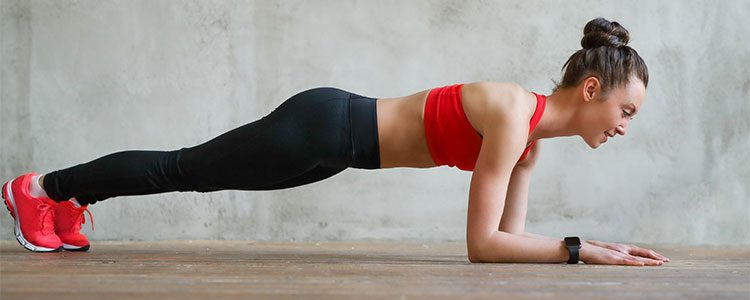
What does core strength mean?
The term Core Strength is thrown around a lot when discussing physical fitness, low back pain, or athleticism. But what does core strength mean? How do you measure core strength? Does doing a hundred sit-ups a day constitute good Core Strength? Today we hope to de-mystify the concept of Core Strength once and for all.
Before we go any further, we need to define The Core. The Core is a group of muscles and associated connective tissue located between your ribcage and your mid thighs. It includes all of the muscles that are attached to your lumbar spine, pelvis, and upper half of your femurs. It includes your abdominal, back, pelvic (floor), hip, and upper thigh muscles (upwards of over 100 different muscles!). Their main job is to control your lumbo-pelvic system and maintain optimal positioning (and posture) so your extremities (legs, arms, and head) can move efficiently and powerfully. Your center of Gravity is also positioned in the middle of your core (around the level of S2 in the middle of your pelvis).
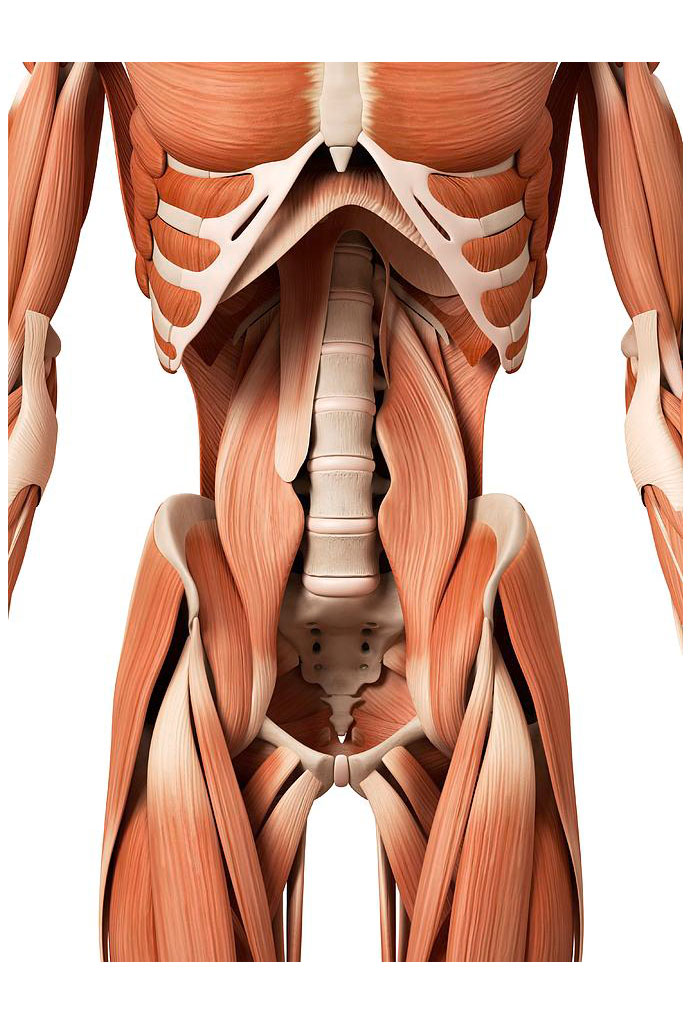
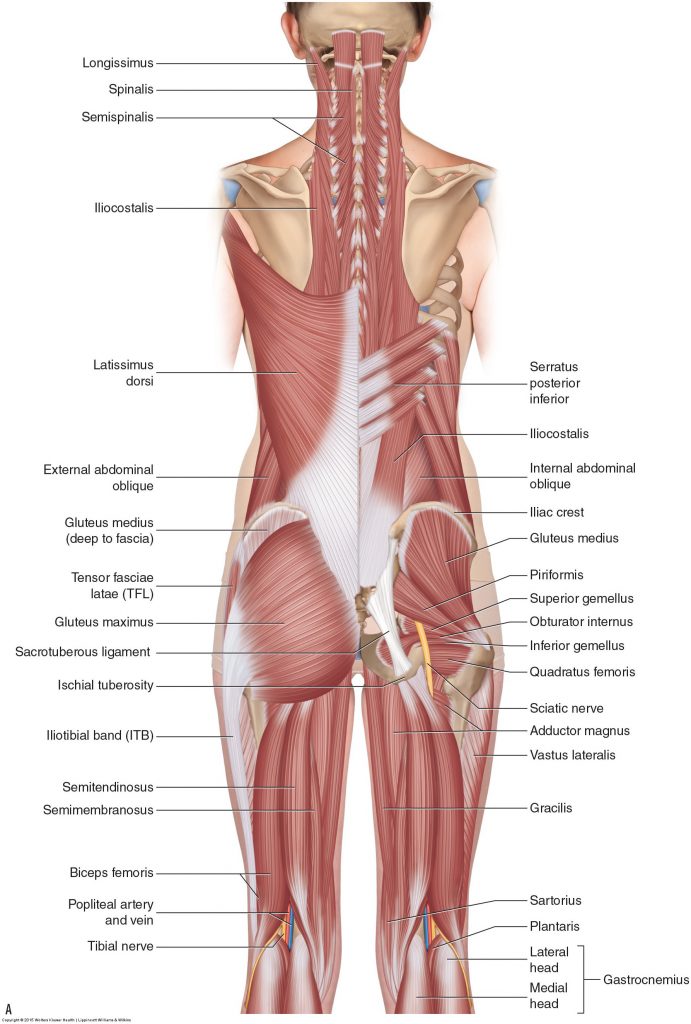
What is core strength?
Now that we have a better understanding of what The Core is, we can move on and define what Core Strength means! Core Strength is simply defined as your Core’s ability to maintain optimal positioning and stability of your lumbo-pelvic region so that the relatively delicate lumbar spine and pelvis are not stressed and damaged during heavy or athletic activity. Many people associate doing hundreds of sit-ups as an indicator of Core Strength. However, are you ever doing a sit-up while you are running on a soccer field, basketball court, or track? The simple answer is “NO”. When you are running on any of these surfaces, your lumbar spine and pelvis are trying to stay in the relatively same plane and posture to best absorb the forces being generated with every stride that you take. For all of that to happen all of your Core Muscles must be co-contracting at the same time and force to prevent your spine and pelvis from literally tearing itself apart. It is easy to see that just doing 100 sit-up per day is not a good measure of Core Strength.
How to measure core strength
A better way to measure Core Strength is how long can you hold a plank position with perfect alignment. Perfect alignment includes holding your lumbar spine in its normal lordotic curve while approximating your navel towards your spine as best you can and squeezing your gluteal muscles. You should be able to draw a perfectly straight line from your shoulders, through your hips, and ending at your ankle joint while in a plank position and hold that position for 2 minutes without deviating. A great starting point for developing core strength is to perform planks as part of your exercise regimen. We would recommend starting out with 30 second holds and repeating that 4-5 times. Once that becomes easy, gradually increase your holds to 45 seconds, and increase this incrementally over several weeks until you are upwards of 90 second holds.
Here is an example of good alignment for your plank:
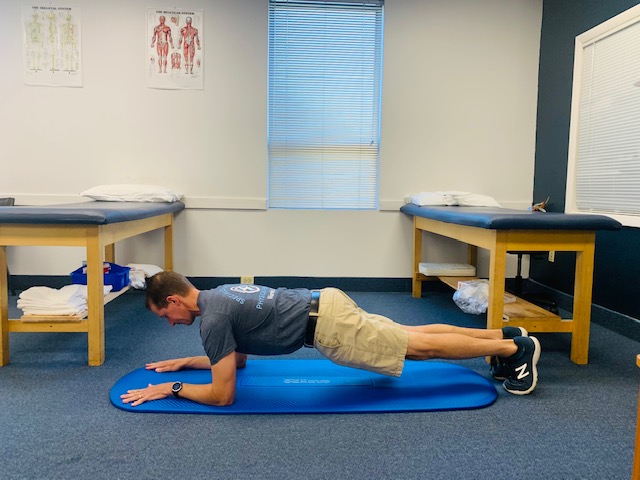
However, how often during most sports are you in a plank position? NOT MANY!!!!! Most sports and athletic activities are played on 2 feet from the athletic position. Therefore, to truly strengthen our core for athletic activity, exercises from the athletic position need to be in your core strengthening program.
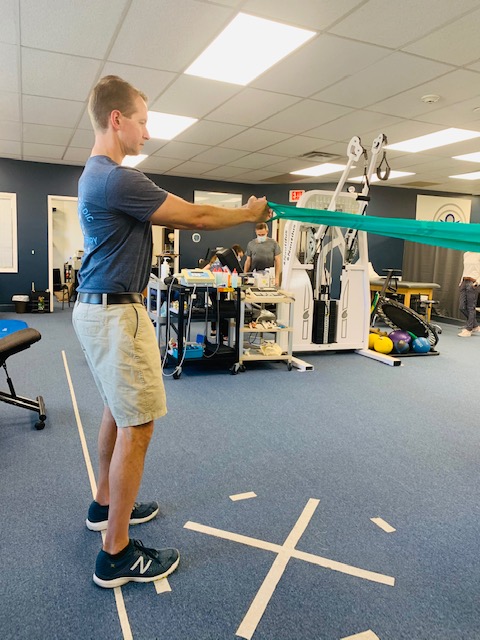
The Paloff Press is an example of one of our favorite core strengthening exercise that we recommend you add to your exercise routine:
Hold the resistance away from your body for 5 seconds, then bring it back to your chest for 1 repetition, repeat 10 reps. Then turn and face the other direction and repeat 10 reps with 5 second hold.
We hope this has given you a better understanding of The Core and what Core Strength means. We would highly recommend you add the previously mentioned exercises to your exercise routine as they will create a solid base to work from. If these exercises increase your overall back pain, then you need to be evaluated further by one of our highly trained physical therapists to assess your specific needs as well as make sure you are performing the exercise properly.
